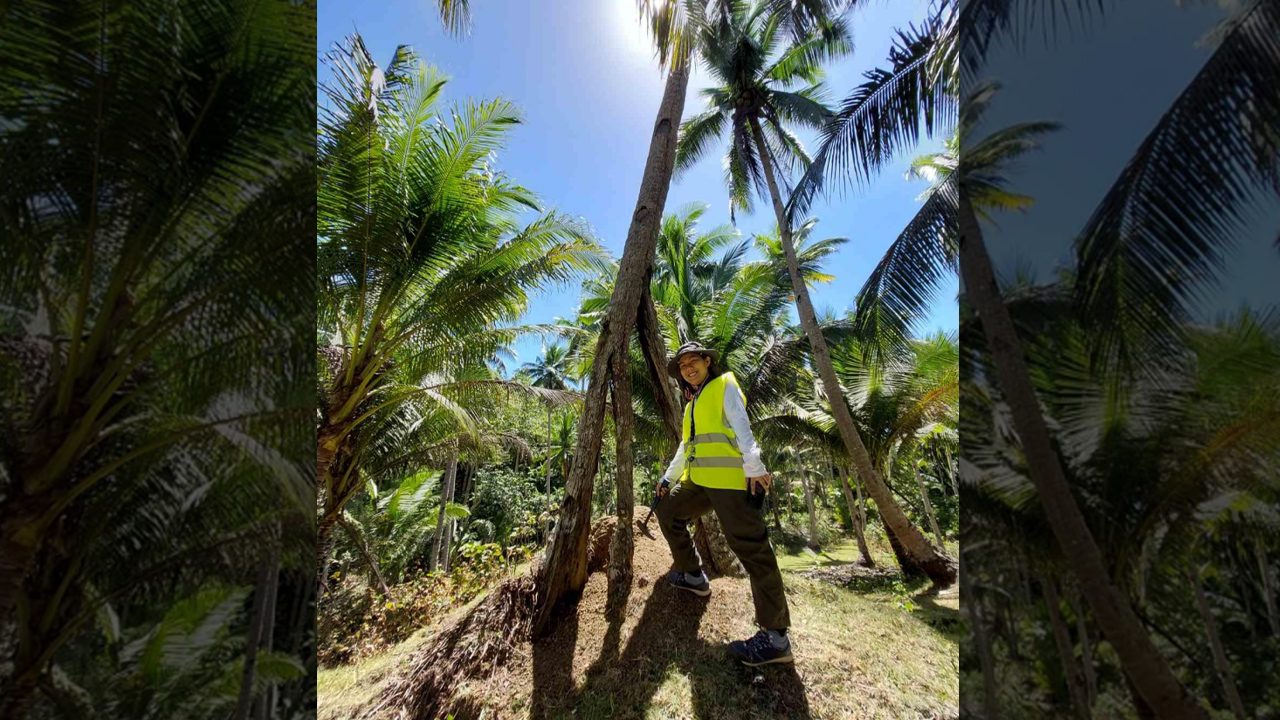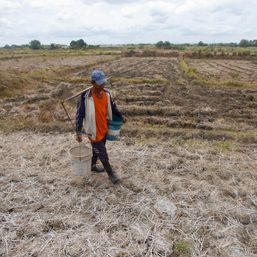SUMMARY
This is AI generated summarization, which may have errors. For context, always refer to the full article.

MASBATE, Philippines – The propeller-driven plane shivered as it dropped intermittently a few tens of meters vertically each time.
Engines roared, counteracting the headwind as the plane prepared to land on a short airstrip on an island province in southern Luzon. If this happened some 30 years ago, the pilot and crew would have been rewarded with thunderous applause from the passengers in appreciation of a successful landing amid the challenging circumstances – something that Caribbean air travelers still do today.
It was almost two years ago when I last set foot in Masbate – this boomerang-shaped island traversed and fringed on its eastern coast by branches of the deadly Philippine Fault, a 1,200-kilometer-long active fault that runs from Bangui, Ilocos Norte, in the north, to Mati, Davao Oriental, in the south, and generator of disastrous earthquakes in the recent past such as the magnitude 7.8 July 16, 1990 Luzon earthquake and the magnitude 7.2 Abra earthquake of July 27, 2022.
In July of 2022, I brought a class of more than 50 students to conduct a geological mapping activity of the island as part of their requirements to complete a bachelor’s degree in geology. This time, I was revisiting the island together with my thesis advisees, Abigail and Sandra, assisted by industry colleagues and former students now gainfully employed in the island province.
Earthquake-prone Masbate
On February 15, 2003, Masbate was struck by a magnitude 6.3 earthquake centered in the town of Uson on the central eastern coast of the island. Damage was reported to be minimal, including a school and a few residential houses sustaining a few cracks and minor displacements on some road segments.
Seventeen years later, on August 18, 2020, the island was once again hit by a magnitude 6.6 tremor, with the epicenter located in the southern coastal town of Cataingan. The 2020 tremor was about five times more powerful than the 2003 event, leaving at least one individual dead and a collapsed building near the epicenter.
The point where the released energy emanates during an earthquake is called the focus. It is always located below the surface of the earth. The depth of focus, or focal depth, may range from 1 to more than 500 kilometers below the surface. Earthquakes with focal depths of between 1 and 30 kilometers are said to be shallow, 30 to 70 kilometers as moderate depth, and beyond 70 kilometers as deep.
The energy released by an earthquake dissipates (loses strength) away from the focus. Such dissipating energy produces seismic waves that propagate outwards in all directions – think ripple marks created by a stone dropped on a calm liquid surface, where the height of the ripples (waves) that are produced are tallest at and near the drop point and become shorter farther away, then virtually tilt that rippled surface vertically to simulate a fault plane slicing through the earth.
Large-magnitude, shallow-focus earthquakes may generate seismic waves that reach the surface and still pack large amounts of energy. When this happens, the moving fault can break the ground at the surface, called a surface ground rupture.
Surface ground ruptures are among the most notorious causes of extensive damage to infrastructure during an earthquake because these are capable of splitting concrete pavements and similar infrastructure.
An extreme rarity
On the hilly barangay of Matugnao (meaning cold in the Masbate vernacular) in the town of Palanas in southeastern Masbate, ground ruptures created by the earthquakes of 2003 and 2020 split not concrete but a single coconut tree.
In 2003, the tree was split into two, rendering it to stand on two legs after the earthquake. The earthquake of 2020 further split one of the legs into two, leaving the tree to now stand precariously on three legs.
This phenomenon of a tree split twice by the movement of the same fault within a short period is extremely rare.
In the current understanding of earthquake dynamics, when a fault ruptures to produce an earthquake, it releases energy, allowing itself to be stress-free for a long period of time thereafter. This fault, then, remains immobile for a while, and no earthquakes are expected to be generated from it in the immediate future.
It would take hundreds or thousands of years, or even longer, for stresses to accumulate on that fault again before the next movement is expected. The length of time between earthquakes along the same segment of a fault is called its “return period.”
Holy grail of earthquake prediction?
Abigail Manahan, a graduating student of the National Institute of Geological Sciences of the University of the Philippines Diliman, is working on an undergraduate thesis on the rare phenomenon of a short return period of earthquake faults.
The segment of the Philippine Fault in Matugnao is the perfect subject to carry out her studies. The results of her work are expected to contribute significantly to the current body of knowledge in earthquake geology. This is crucial in understanding better the behavior of active faults and bears important implications to efforts in making earthquake prediction possible.
I was in Masbate when a magnitude 7.2 earthquake struck and wreaked havoc in Abra in northern Luzon on July 27, 2022. I was again in Masbate when a magnitude 7.6 temblor hit eastern Taiwan on April 3, 2024.
I hope that this trend will be broken the next time I and my research team come back to the island to continue our studies on the three-legged coconut tree in Matugnao, and instead bring us closer to finding the holy grail of earthquake prediction. – Rappler.com
Mario A. Aurelio, PhD is a professor at the National Institute of Geological Sciences-University of the Philippines, interested in the study of earthquakes. His research laboratory is involved in several studies to better understand the behavior of active faults that have caused much destruction in the Philippines in recent years.
Add a comment
How does this make you feel?



![[WATCH] Rappler Live Jam: dwta](https://www.rappler.com/tachyon/2024/07/live-jam-1280-baba.jpg?resize=257%2C257&crop=179px%2C0px%2C1080px%2C1080px)








There are no comments yet. Add your comment to start the conversation.